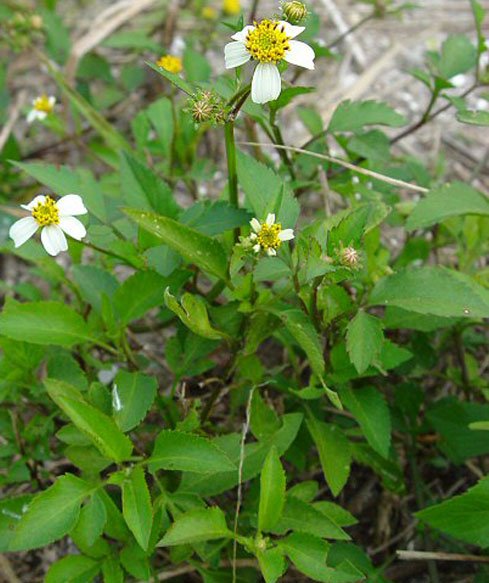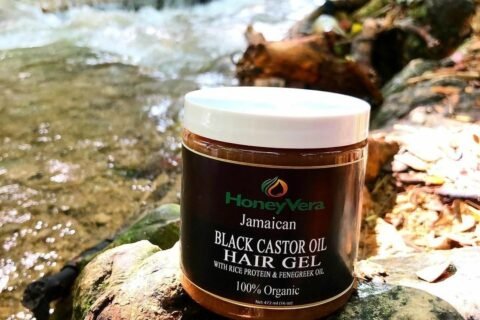Bas Cedar, scientifically known as Guazuma ulmifolia, is a notable tree within the Sterculiaceae family. This tree is distinguished by its impressive stature, often reaching 10-30 meters in height and up to 60 centimeters in diameter. The Bas Cedar is easily recognizable by its rounded crown and the distinctive drooping foliage that adorns its branches. The bark of the Bas Cedar is initially gray or gray-brown and becomes increasingly furrowed and rough as the tree ages. Young branches of this tree are characterized by their hairy texture, a feature that adds to the Bas Cedar’s unique appearance. The leaves of Guazuma ulmifolia are simple, alternate, and come with serrate margins, typically measuring 5-7 centimeters in length. The tree’s flowers, which are yellow-brown and about 1 centimeter long, bloom in 3-5 long axillary inflorescences, adding to the visual appeal of this tree.
Based on the information gathered from the sources, the Bas Cedar (Guazuma ulmifolia) tree has a long history of traditional use for a variety of health conditions, supported by recent scientific studies that have begun to uncover the biological activities and potential health benefits of this remarkable plant.
Historical and Traditional Uses
Traditionally, various parts of the Bas Cedar, including its bark, leaves, and fruit, have been utilized in folk medicine across many cultures. These traditional practices have utilized Bas Cedar for treating ailments ranging from skin diseases, kidney and liver problems, to gastrointestinal disorders and respiratory conditions. The tree’s parts have been prepared in various forms, such as teas, decoctions, and infusions, to treat specific conditions (Longdom) (Health Benefits).
Scientific Research and Health Benefits
Scientific research on Guazuma ulmifolia has validated many of its traditional uses, uncovering a rich composition of bioactive compounds such as tannins, proanthocyanidins, alkaloids like caffeine, and flavonoids like quercetin and kaempferol. These compounds have demonstrated a range of biological activities, including antioxidant, antibacterial, antiviral, and anti-inflammatory properties. Notably, the plant’s extracts have shown potential in promoting hair growth, supporting cardiovascular health, and exhibiting antitumor activities (Longdom).
How to Prepare Bas Cedar Herbal Tea
The traditional preparation method for a Bas Cedar herbal tea involves creating a decoction with the bark. This involves boiling the bark in water for an extended period to extract the beneficial compounds. For general health and strength, as described, it’s recommended to blend Bas Cedar bark with various other herbs, boiling the mixture for about 2½ hours, and then consuming the strained liquid in moderate amounts (Longdom).
Sustainability and Conservation Efforts
While specific details on the conservation status of Bas Cedar were not highlighted in the sourced material, the widespread traditional and medicinal use of this plant underscores the importance of sustainable harvesting practices. Ensuring the continued availability of Bas Cedar for future generations requires attention to sustainable practices and conservation efforts, particularly in areas where it is heavily harvested.
Conclusion
Bas Cedar (Guazuma ulmifolia) represents a bridge between traditional herbal medicine and modern scientific research, offering promising health benefits backed by a growing body of evidence. Its use in traditional remedies for a wide array of conditions, now supported by scientific findings, highlights its potential as a valuable natural resource for health and well-being. Sustainable practices and further research are essential to fully unlock and preserve the benefits of this remarkable tree.









